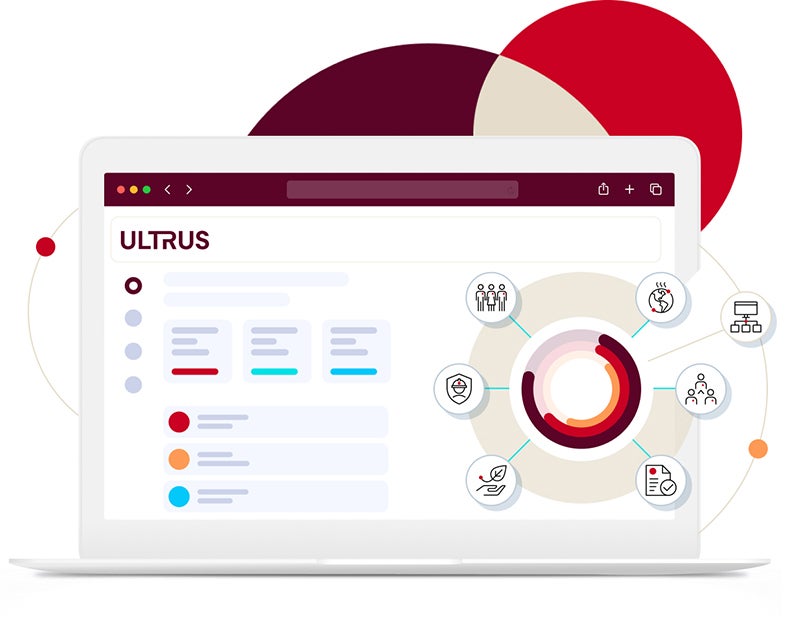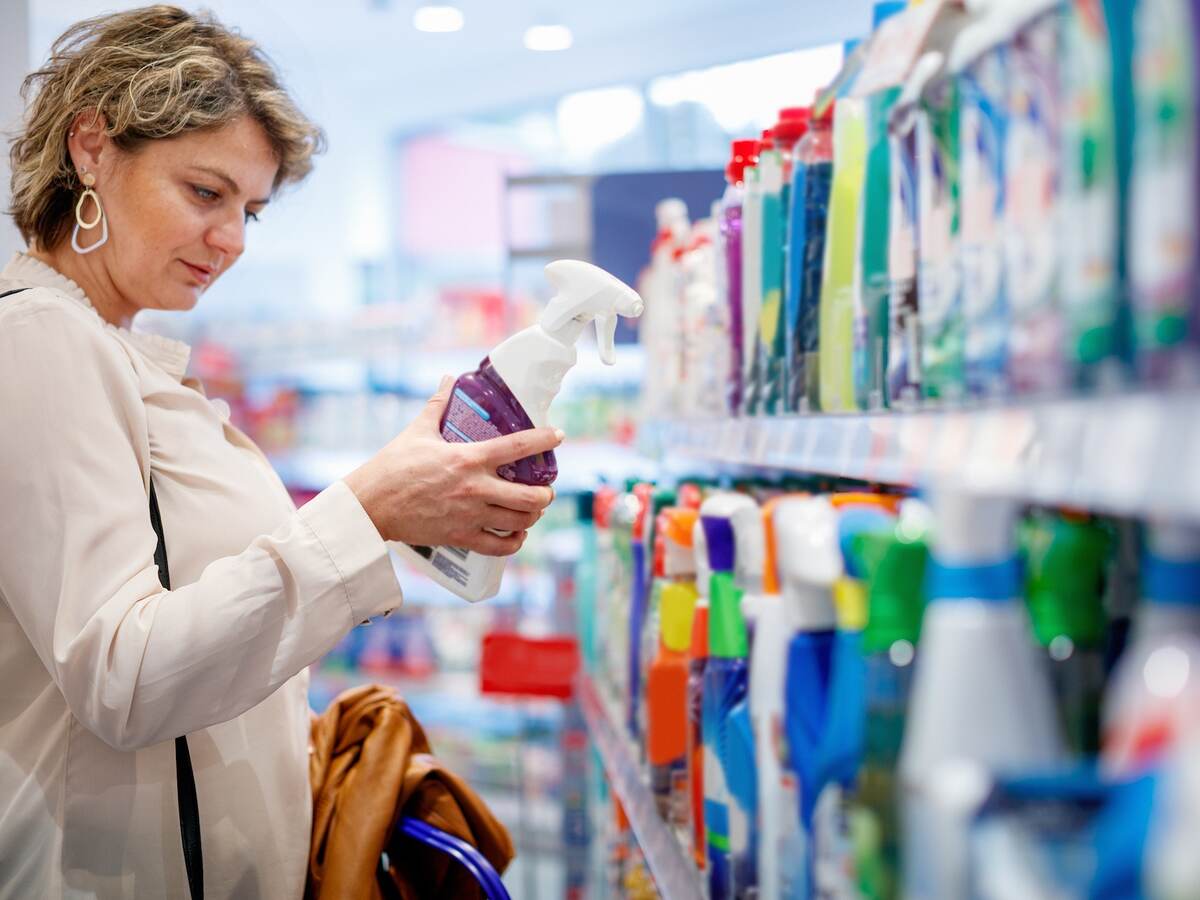July 22, 2025
Carpets. Cookware. Cleaning products. What do these have in common (besides the letter “C”)?
In addition to being everyday products found in millions of homes, they are some of the most common culprits for perfluoroalkyl and polyfluoroalkyl substances, or PFAS.
PFAS — also known as “forever chemicals” because they don’t break down easily in the human body or the environment — can have harmful effects on everything from air and soil quality to wildlife and drinking water. They also pose serious risks to human health. According to the Agency for Toxic Substances and Disease Registry (ATSDR), exposure to certain PFAS is associated with numerous health effects, including kidney cancer, lower birth weight and increases in cholesterol.
In recent years, PFAS have generated headlines due to legislation around the world that would limit or eliminate their use. The European Commission is considering a ban on PFAS in consumer products, with some exceptions. In the United States, PFAS remain at the center of policy discussions surrounding safe drinking water limits and product benchmarks.
UL Solutions, a global leader in applied safety science, now offers a multifaceted, comprehensive approach to help companies navigate PFAS challenges to meet compliance requirements and fulfill consumer demand for more environmentally friendly products. UL Solutions can help companies devise holistic, strategic approaches for addressing PFAS-related issues.
“Manufacturers and suppliers are looking for ways to identify, track, test and eliminate PFAS chemicals in their products, portfolios and supply chains,” said Gitte Schjøtz, executive vice president and chief operations and sustainability officer at UL Solutions. “They are prioritizing the use of responsible alternatives that make their products safer for both the people who use them and the planet we rely on.”
The term PFAS refers to thousands of synthetic compounds used in everyday items to help them function in specific ways. PFAS that help with durability and heat resistance, for example, are often used in cookware. Those that repel water or grease are used in fabrics and carpets to make them more durable or stain-resistant, and in food packaging to help preserve freshness.
In short, manufacturers use various materials to help their products perform as intended. But when those materials include PFAS, those benefits come with risks.
Manufacturers have a diverse array of alternatives to PFAS. Examples of products that avoid certain chemicals include ceramic cookware and rugs made from natural fibers.
Another alternative is to use PFAS-free synthetic compounds that are designed to produce the same or similar results as their PFAS counterparts. Agencies like the U.S. Environmental Protection Agency evaluate PFAS-free alternatives for safety and environmental impact.
While product innovation continues in search of materials that will achieve the same benefits of PFAS without the harmful effects, manufacturers worldwide are focused on reducing or eliminating certain chemicals from their products and supply chains.
UL Solutions can help companies assess PFAS risks in a supply chain, identify potential “hot spots” and stay informed of evolving regulatory requirements. With the latest, enhanced version of WERCSmart® software, companies can automate outreach to suppliers to request data regarding the presence or absence of PFAS in products. WERCSmart® (part of the ULTRUS™ software portfolio) can compare this PFAS data to local guidelines, helping inform strategic decisions.
UL Solutions also offers full-service PFAS testing and certification for products and raw materials, including total fluorine tests (which can identify the overall amount of PFAS in products), as well as targeted analyses. Specifically for the plastics industry, UL Solutions recently launched a service to test and certify plastic materials for common PFAS compounds and fluorine.
Additionally, UL Solutions offers Environmental Claim Validation, a service to help companies demonstrate that their products live up to their environmental claims, including statements about PFAS.
“Manufacturers have a lot to consider as they navigate PFAS challenges to create safer products,” said Simin Zhou, vice president of strategy and development for Software and Advisory at UL Solutions. “It can be daunting, especially with the rapidly evolving regulatory environment. Many customers contact UL Solutions because we can help them resolve a variety of interrelated concerns. At UL Solutions, we take great pride in helping customers mitigate risk, collect data, engage suppliers and identify if and where product testing is needed.”
To learn more about UL Solutions’ PFAS testing services for consumer products, visit the PFAS testing page.

